Code
HCS25383
Weight
3 Kg / 6.61 lbs
Size
Height
40cm (16") Width
18cm (7") Depth
22cm (9") Material
Copper
Availability
Available

Safe Payment
We accept Paypal, Money Transfer, Bank Transfer
Confidence
Protection covers your purchase and personal data.
Worldwide Delivery
We ship Worldwide, except Russia.Shipping cost US$25.2 for upto 0.5 kgs

Hotline
Talk to help line for your question on 9841267335Finishing: Stone Setting
The Buddhist Statue Of Chintamani, Lokeshvara [partly Gold Plated, Silver Plated, Stone Setting] is adorned with an exquisite array of semi-precious stones, including turquoise, coral, and lapis lazuli. These stones are carefully selected and meticulously placed on the Buddhist Statue Of Chintamani, Lokeshvara [partly Gold Plated, Silver Plated, Stone Setting]'s surface, adding a touch of opulence and enhancing its overall beauty. Each stone is thoughtfully positioned using a high-quality adhesive, ensuring secure and long-lasting attachment. The vibrant colors and unique patterns of the stones create a captivating contrast against the backdrop of the Buddhist Statue Of Chintamani, Lokeshvara [partly Gold Plated, Silver Plated, Stone Setting], elevating its visual appeal and making it truly eye-catching. Read More . . .
The Buddhist Statue Of Chintamani, Lokeshvara [partly Gold Plated, Silver Plated, Stone Setting] is adorned with an exquisite array of semi-precious stones, including turquoise, coral, and lapis lazuli. These stones are carefully selected and meticulously placed on the Buddhist Statue Of Chintamani, Lokeshvara [partly Gold Plated, Silver Plated, Stone Setting]'s surface, adding a touch of opulence and enhancing its overall beauty. Each stone is thoughtfully positioned using a high-quality adhesive, ensuring secure and long-lasting attachment. The vibrant colors and unique patterns of the stones create a captivating contrast against the backdrop of the Buddhist Statue Of Chintamani, Lokeshvara [partly Gold Plated, Silver Plated, Stone Setting], elevating its visual appeal and making it truly eye-catching. Read More . . .
Silver Plated
The Buddhist Statue Of Chintamani, Lokeshvara [partly Gold Plated, Silver Plated, Stone Setting] has a full Silver plated finish, Sliver plating process involves the application of a thin layer of genuine silver onto the surface of the Buddhist Statue Of Chintamani, Lokeshvara [partly Gold Plated, Silver Plated, Stone Setting], creating a stunning and lustrous appearance. Skilled artisans handle the silver plating, ensuring even coverage and a flawless finish. The silver plating adds a touch of elegance and sophistication to the Buddhist Statue Of Chintamani, Lokeshvara [partly Gold Plated, Silver Plated, Stone Setting], enhancing its overall aesthetic appeal. Read More . . .
The Buddhist Statue Of Chintamani, Lokeshvara [partly Gold Plated, Silver Plated, Stone Setting] has a full Silver plated finish, Sliver plating process involves the application of a thin layer of genuine silver onto the surface of the Buddhist Statue Of Chintamani, Lokeshvara [partly Gold Plated, Silver Plated, Stone Setting], creating a stunning and lustrous appearance. Skilled artisans handle the silver plating, ensuring even coverage and a flawless finish. The silver plating adds a touch of elegance and sophistication to the Buddhist Statue Of Chintamani, Lokeshvara [partly Gold Plated, Silver Plated, Stone Setting], enhancing its overall aesthetic appeal. Read More . . .
Partly Gold plating.
This Buddhist Statue Of Chintamani, Lokeshvara [partly Gold Plated, Silver Plated, Stone Setting] has a Partly gold-plated finish. Partly fire gold gilding, a common practice in Nepali handicrafts. This technique is skillfully employed by artisans to create intricate designs on various metal objects, including statues, jewelry, and decorative items. Through a process, a mask or resist is applied to safeguard specific areas from the gold plating. The object is then subjected to high temperatures, allowing the gold to beautifully adhere to exposed surfaces using a combination of heat and pressure.
In the realm of Buddhist statues, this technique holds additional significance as it distinguishes the golden-plated body from the oxidized or maroon-painted clothing. This visual separation conveys the contrast between the divine purity of the body and the modest attire symbolizing the humble lifestyle of Buddhist monks. The partly fire gold gilding not only adds exquisite detail and elegance but also embodies the deep cultural and spiritual meaning associated with these treasured artifacts. Read More . . .
This Buddhist Statue Of Chintamani, Lokeshvara [partly Gold Plated, Silver Plated, Stone Setting] has a Partly gold-plated finish. Partly fire gold gilding, a common practice in Nepali handicrafts. This technique is skillfully employed by artisans to create intricate designs on various metal objects, including statues, jewelry, and decorative items. Through a process, a mask or resist is applied to safeguard specific areas from the gold plating. The object is then subjected to high temperatures, allowing the gold to beautifully adhere to exposed surfaces using a combination of heat and pressure.
In the realm of Buddhist statues, this technique holds additional significance as it distinguishes the golden-plated body from the oxidized or maroon-painted clothing. This visual separation conveys the contrast between the divine purity of the body and the modest attire symbolizing the humble lifestyle of Buddhist monks. The partly fire gold gilding not only adds exquisite detail and elegance but also embodies the deep cultural and spiritual meaning associated with these treasured artifacts. Read More . . .
Lost-Wax System
This Avalokitesvara of Buddhist Statue Of Chintamani, Lokeshvara [partly Gold Plated, Silver Plated, Stone Setting] is made by the process of the Lost Wax system. This is a very complicated, time consuming and historic process of making metal sculptures.Which is why it is sometimes called Precision Casting as well. Hence the sculptures made by this process are comparatively expensive. There are many new, advanced and less time consuming methods of casting metal sculptures available as well. But due to the benefits provided by the traditional lost wax system in quality control and customization, we prefer the Loss wax system over Ceramic molding, or sand casting to make our Avalokitesvara.
Below we have tried to illustrate the process of making a loss wax system statue: Read More . . .
This Avalokitesvara of Buddhist Statue Of Chintamani, Lokeshvara [partly Gold Plated, Silver Plated, Stone Setting] is made by the process of the Lost Wax system. This is a very complicated, time consuming and historic process of making metal sculptures.Which is why it is sometimes called Precision Casting as well. Hence the sculptures made by this process are comparatively expensive. There are many new, advanced and less time consuming methods of casting metal sculptures available as well. But due to the benefits provided by the traditional lost wax system in quality control and customization, we prefer the Loss wax system over Ceramic molding, or sand casting to make our Avalokitesvara.
Below we have tried to illustrate the process of making a loss wax system statue: Read More . . .
Brief Introduction :
The Buddhist deity Chintamani Lokeshvara is a Bodhisattva who fulfils all the physical and spiritual needs of his devotees. He is also considered to be a form of Avalokiteshvara. This form of deity is popular in Kathmandu, Nepal. The Mahayana sect of Buddhism or the Great Path which evolved around the birth of Christ profoundly influenced Buddhist art as it encouraged personal faith and popularized the fundamental concept of a Bodhisattva. The term Bodhisattva generally describes a being who has all the qualifications of attaining Buddhahood but does not enter into the state so that he can help the less fortunate. This concept theoretically opened the way for the creation of numerous Bodhisattvas. As Buddhism travelled out of India, the sculptural manifestation.
Cultural Significance:- Bejewelled hanging plaques like these are supposed to be quite common in household shrines in Nepal. The variations of such plaques have Hindu gods and goddesses such as Vishnu and Lakshmi.
Artistic Significance:- The artefact is a rectangular wooden plaque which is intricately carved and studded with gems of all shapes and sizes. Emphasizing the deityâs wealth and abundance, he stands in the tribhanga or thrice-bent posture with the left leg behind the right. His right hand is held near the navel in the sharanagamana gesture which symbolises giving refuge. In his left hand, he holds a branch of a tree which bears fruits. This tree appears to be the Kalpvriksha or the wish-fulfilling tree that yields a myriad of fruits and flowers. The leaves of the tree are carefully crafted in a variety of designs. Chintamani is flanked by his attendants on the sides.
Spiritual Significance:- In Nepal, Chintamani Lokeshwar appears among the one hundred and eight manifestations of Avalokiteshvara. As a wish-fulfilling deity, he embodies the ultimate altruistic compassion that fulfils all human desires, both spiritual and mundane.
Artistic Significance:- The artefact is a rectangular wooden plaque which is intricately carved and studded with gems of all shapes and sizes. Emphasizing the deityâs wealth and abundance, he stands in the tribhanga or thrice-bent posture with the left leg behind the right. His right hand is held near the navel in the sharanagamana gesture which symbolises giving refuge. In his left hand, he holds a branch of a tree which bears fruits. This tree appears to be the Kalpvriksha or the wish-fulfilling tree that yields a myriad of fruits and flowers. The leaves of the tree are carefully crafted in a variety of designs. Chintamani is flanked by his attendants on the sides.
Spiritual Significance:- In Nepal, Chintamani Lokeshwar appears among the one hundred and eight manifestations of Avalokiteshvara. As a wish-fulfilling deity, he embodies the ultimate altruistic compassion that fulfils all human desires, both spiritual and mundane.


![Buddhist Statue Of Chintamani, Lokeshvara [partly Gold Plated, Silver Plated, Stone Setting]](https://handicraftseller.com/uploads/pics/product/thumb/2022/04/25383_4.jpg)
![Buddhist Statue Of Chintamani, Lokeshvara [partly Gold Plated, Silver Plated, Stone Setting]](https://handicraftseller.com/uploads/pics/product/thumb/2022/04/25383_5.jpg)
![Buddhist Statue Of Chintamani, Lokeshvara [partly Gold Plated, Silver Plated, Stone Setting]](https://handicraftseller.com/uploads/pics/product/thumb/2022/04/25383_6.jpg)
![Buddhist Statue Of Chintamani, Lokeshvara [partly Gold Plated, Silver Plated, Stone Setting]](https://handicraftseller.com/uploads/pics/product/thumb/2022/04/25383_7.jpg)
![Buddhist Statue Of Chintamani, Lokeshvara [partly Gold Plated, Silver Plated, Stone Setting]](https://handicraftseller.com/uploads/pics/product/thumb/2022/04/25383_8.jpg)
![Buddhist Statue Of Chintamani, Lokeshvara [partly Gold Plated, Silver Plated, Stone Setting]](https://handicraftseller.com/uploads/pics/product/thumb/2022/04/25383.jpg)
![Buddhist Statue Of Chintamani, Lokeshvara [partly Gold Plated, Silver Plated, Stone Setting]](https://handicraftseller.com/uploads/pics/product/thumb/2022/04/25383_0.jpg)
![Buddhist Statue Of Chintamani, Lokeshvara [partly Gold Plated, Silver Plated, Stone Setting]](https://handicraftseller.com/uploads/pics/product/thumb/2022/04/25383_1.jpg)
![Buddhist Statue Of Chintamani, Lokeshvara [partly Gold Plated, Silver Plated, Stone Setting]](https://handicraftseller.com/uploads/pics/product/thumb/2022/04/25383_2.jpg)
![Buddhist Statue Of Chintamani, Lokeshvara [partly Gold Plated, Silver Plated, Stone Setting]](https://handicraftseller.com/uploads/pics/product/thumb/2022/04/25383_3.jpg)


























































 Chenrezig, Buddhist Handmade Statue,
Chenrezig, Buddhist Handmade Statue, 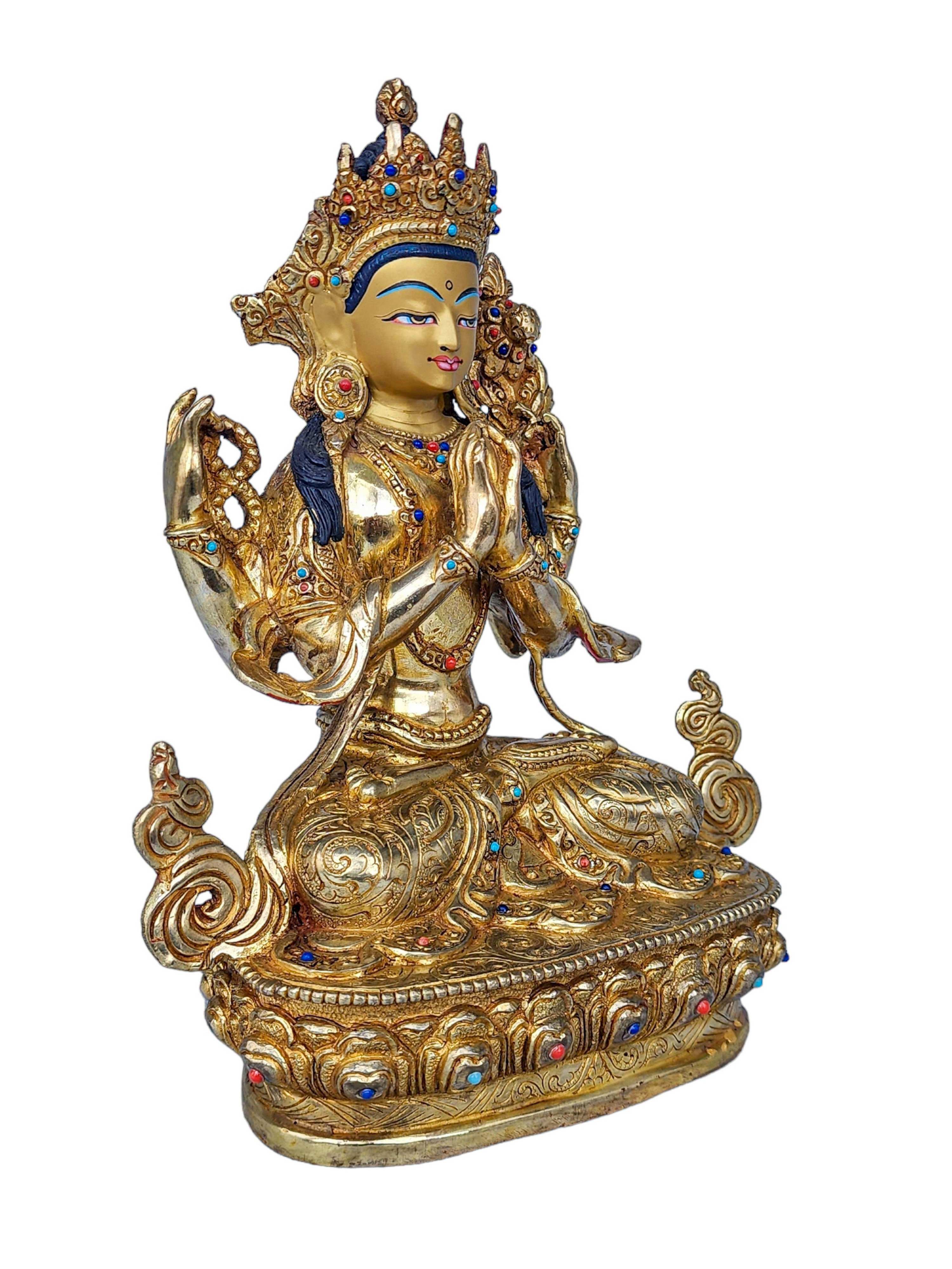 Chenrezig, Buddhist Handmade Statue,
Chenrezig, Buddhist Handmade Statue,  Antique Finishing,
Antique Finishing, 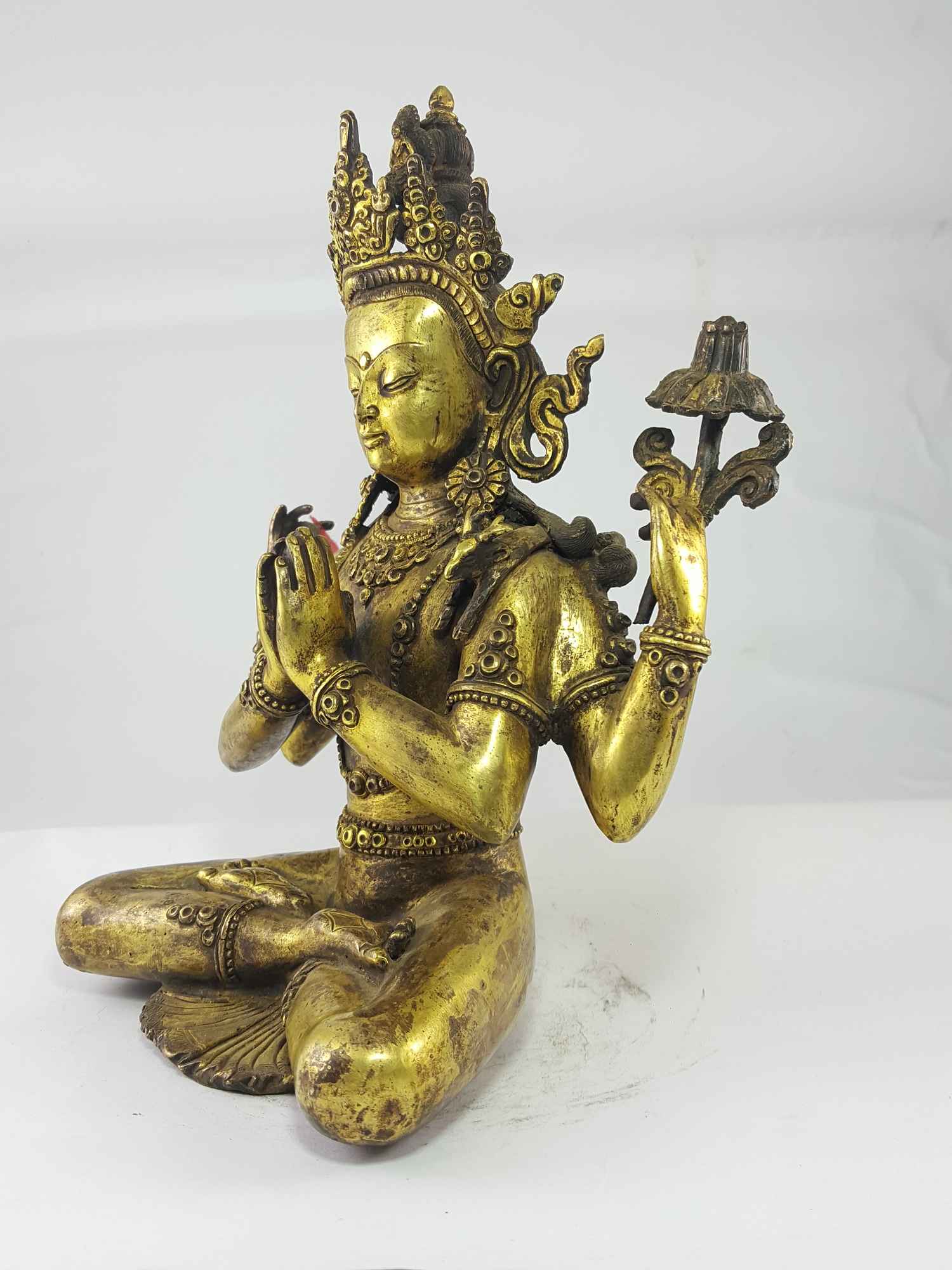 Antique Finishing,
Antique Finishing,  of
of 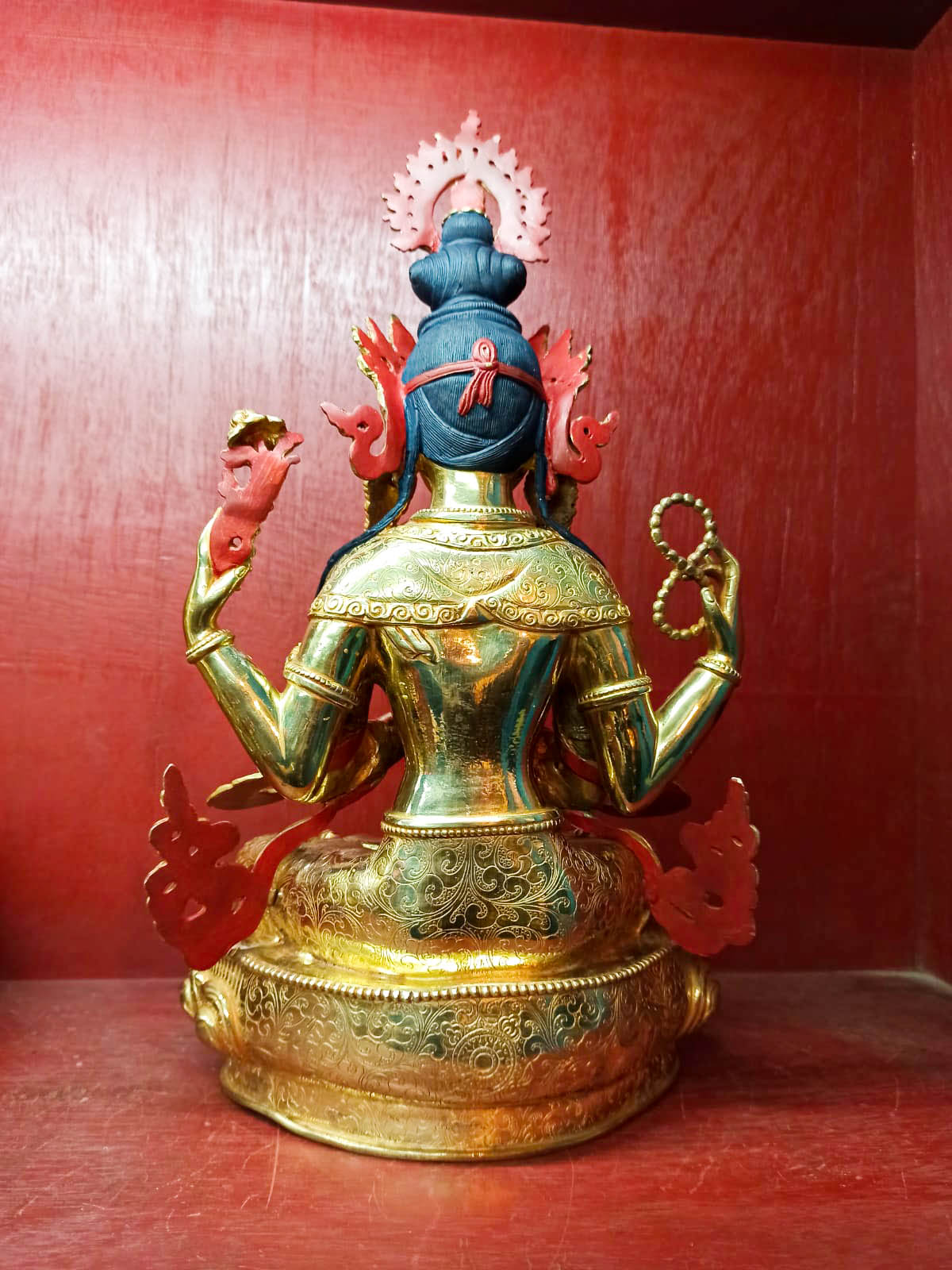 of
of 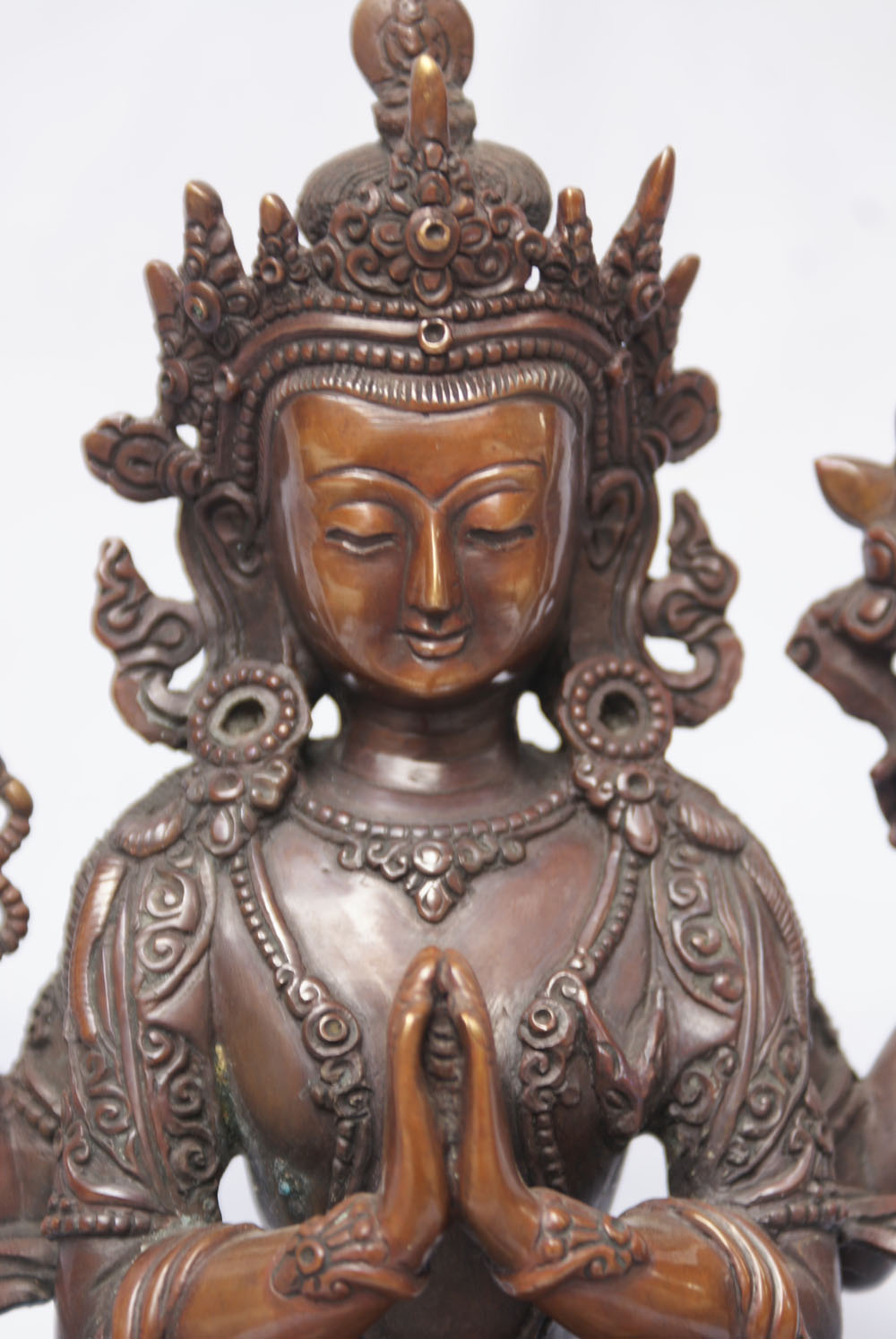 Chocolate Oxidize,
Chocolate Oxidize, 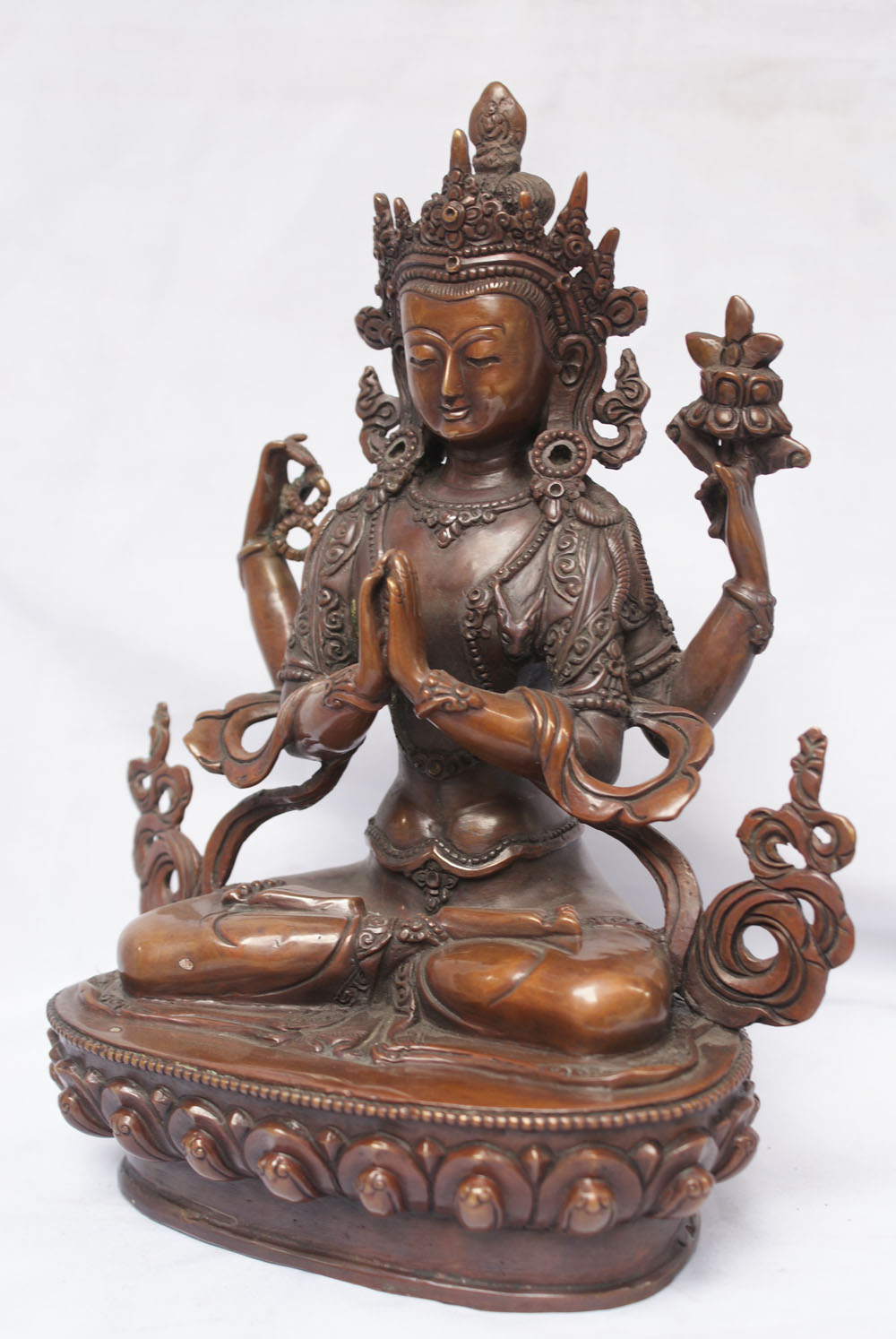 Chocolate Oxidize,
Chocolate Oxidize,  and Rare Nepali Chenrezig Statue
and Rare Nepali Chenrezig Statue 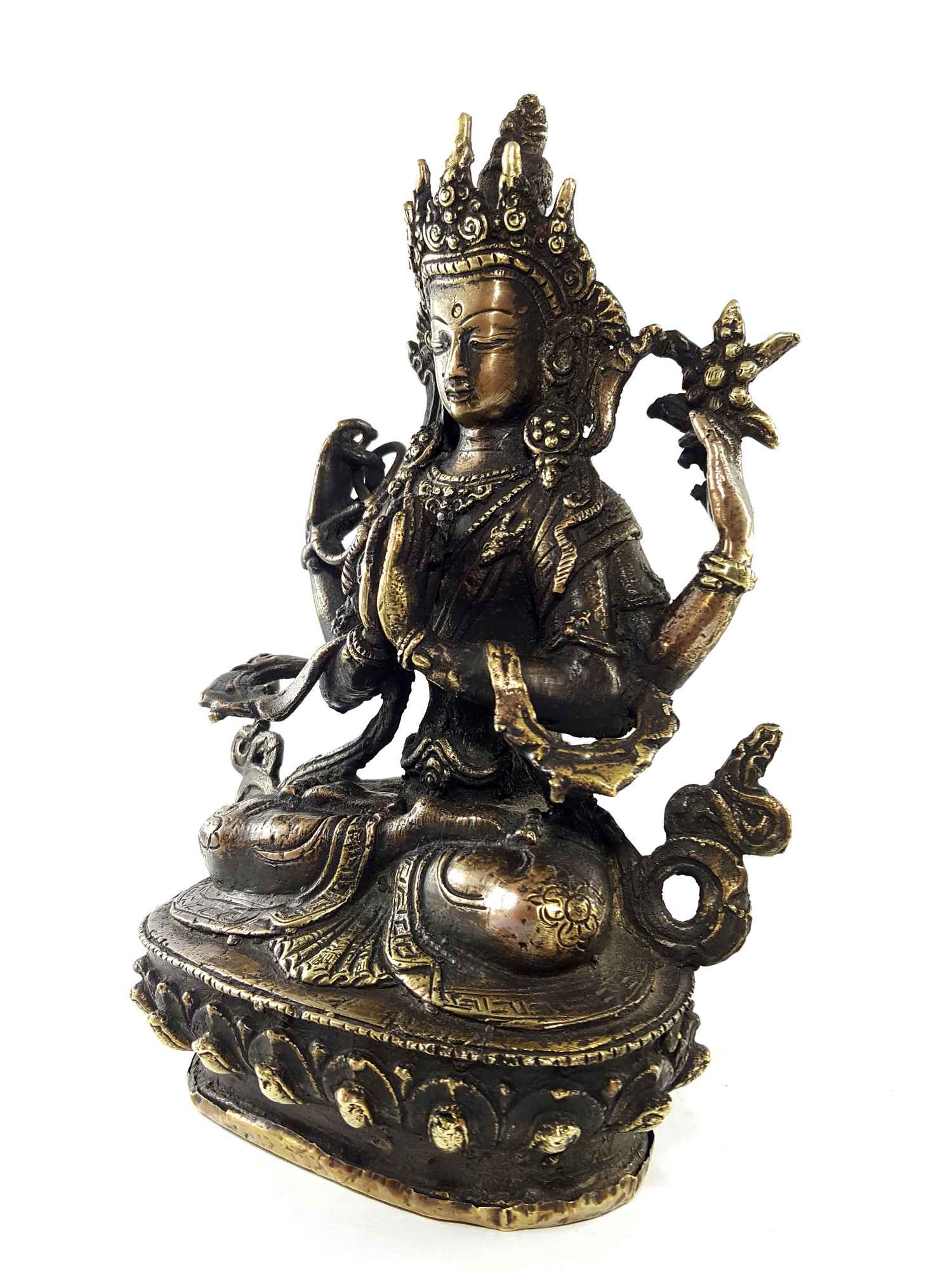 and Rare Nepali Chenrezig Statue
and Rare Nepali Chenrezig Statue  Best Price, Avalokiteshvara Chenrezig Statue,
Best Price, Avalokiteshvara Chenrezig Statue, 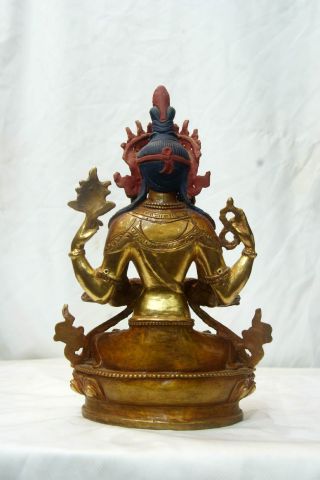 Best Price, Avalokiteshvara Chenrezig Statue,
Best Price, Avalokiteshvara Chenrezig Statue,  of Chenrezig,
of Chenrezig, 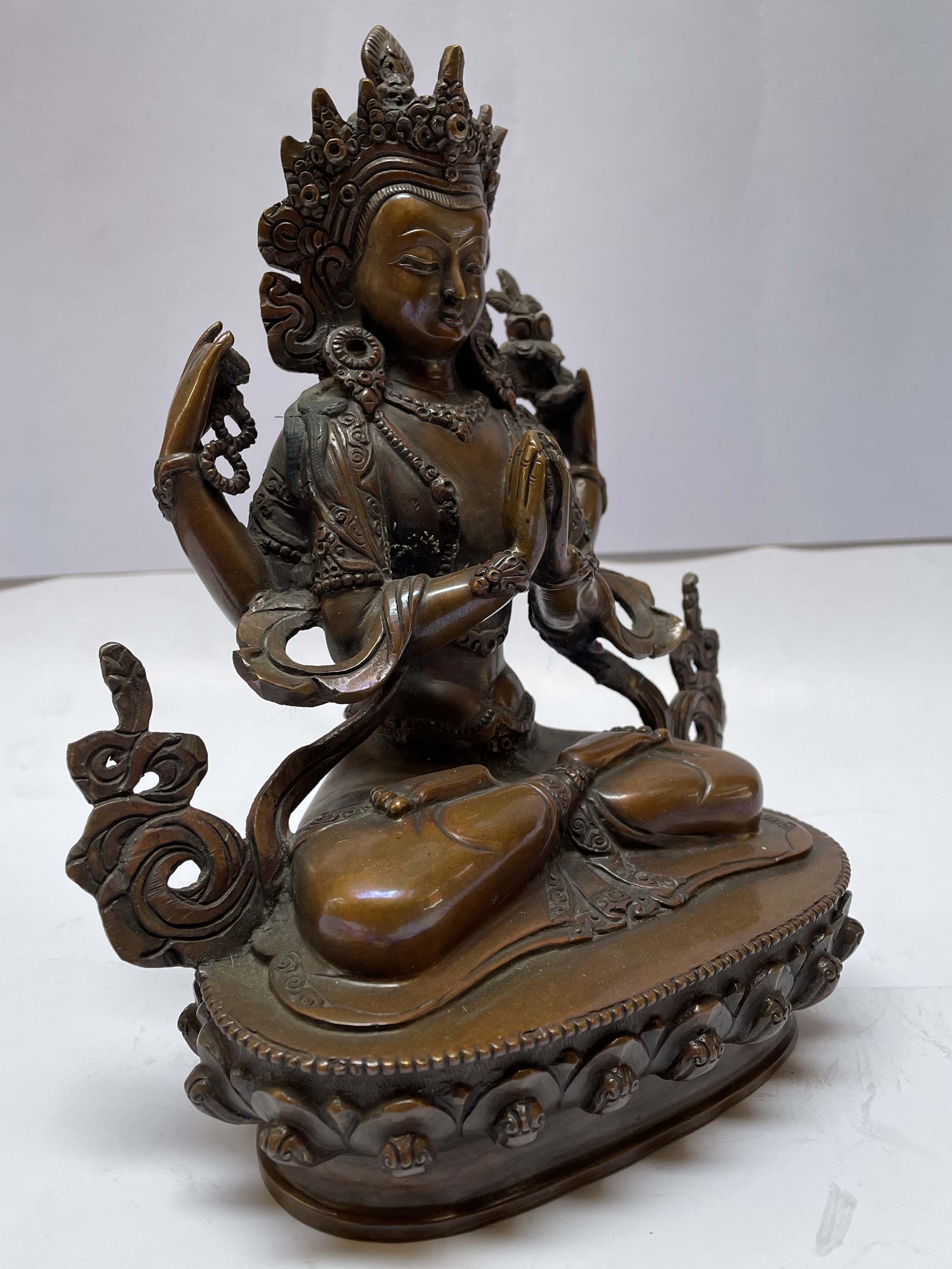 of Chenrezig,
of Chenrezig, 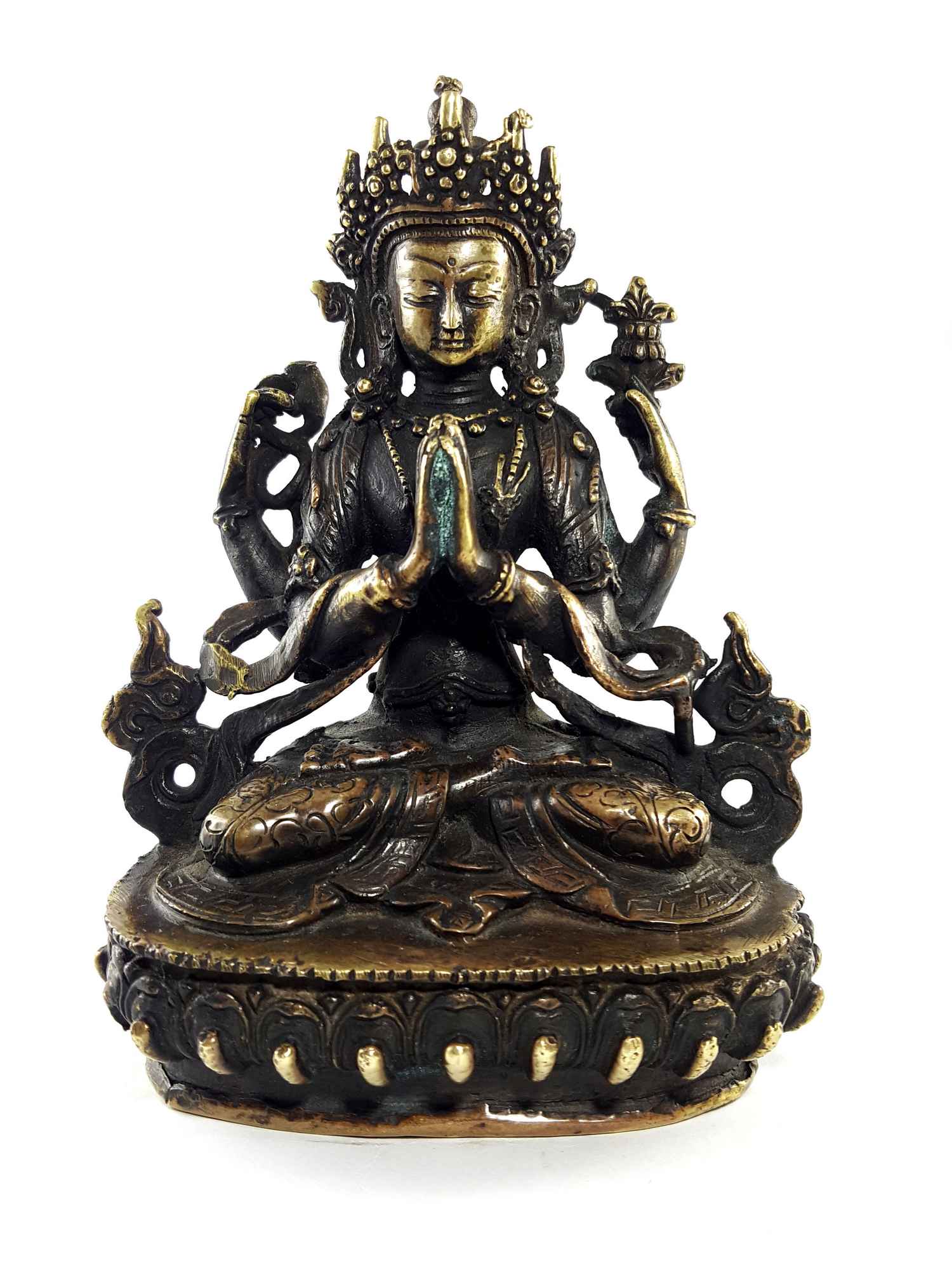 and Rare Nepali Chenrezig Statue
and Rare Nepali Chenrezig Statue  and Rare Nepali Chenrezig Statue
and Rare Nepali Chenrezig Statue  Master Quality, Buddhist Statue
Master Quality, Buddhist Statue 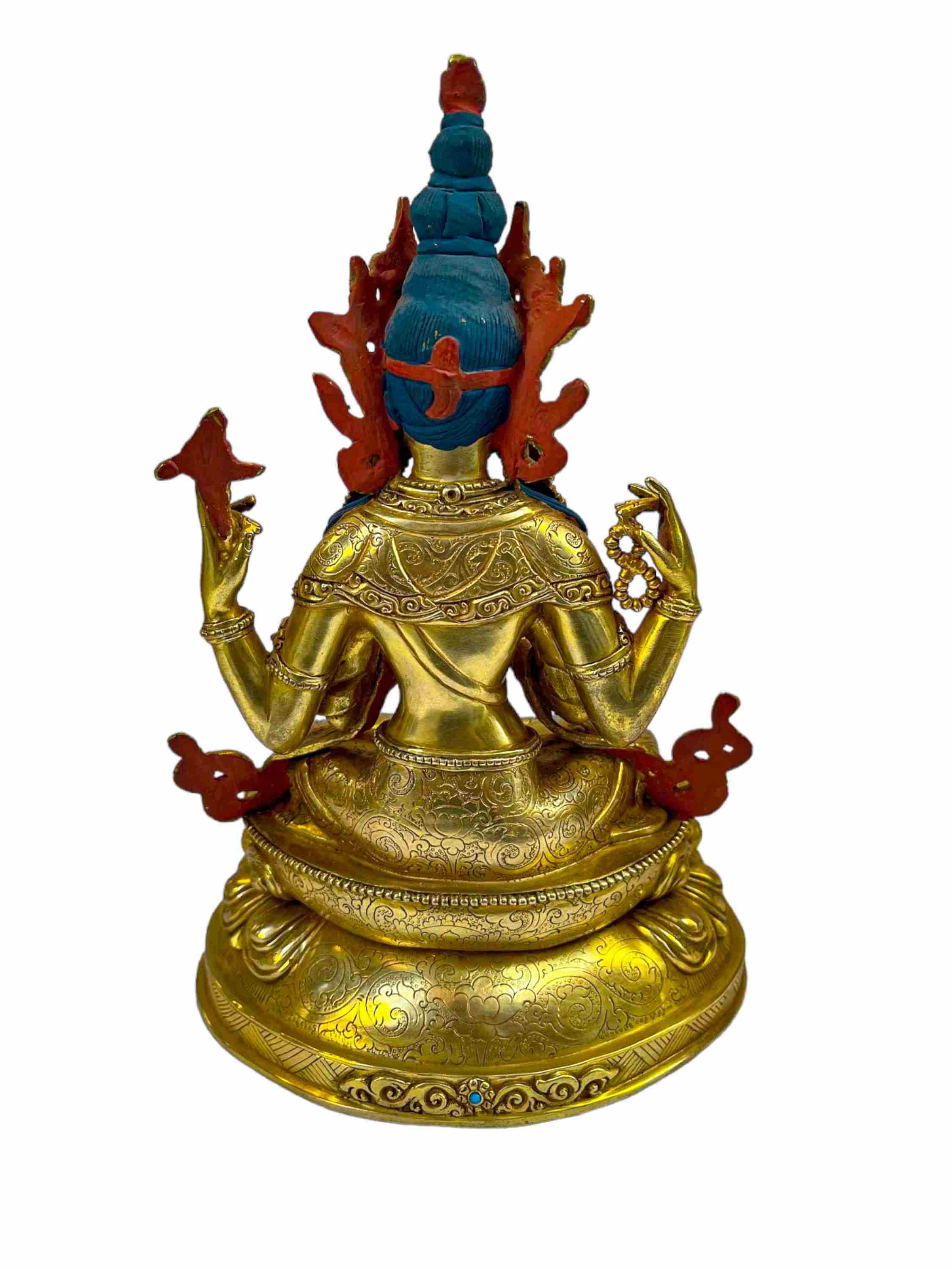 Master Quality, Buddhist Statue
Master Quality, Buddhist Statue 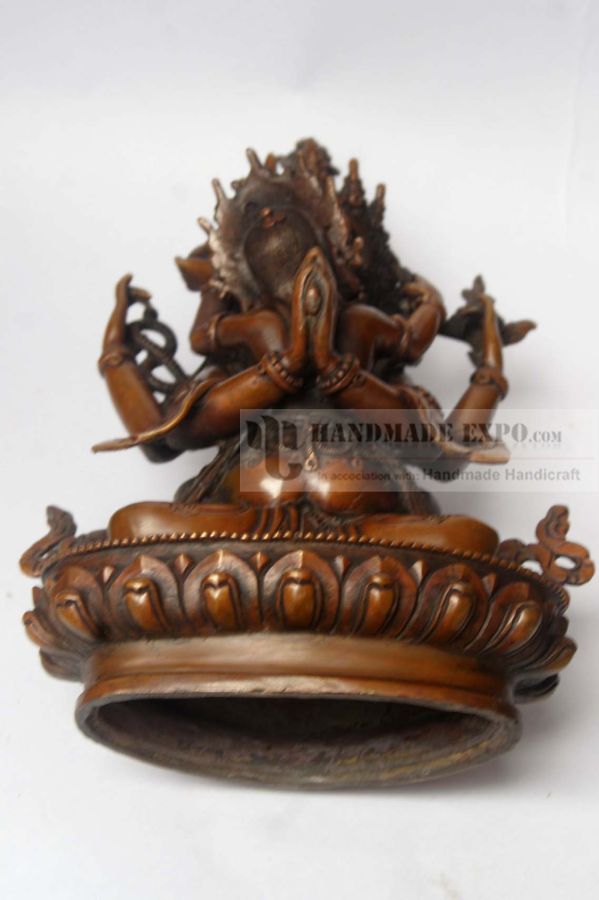 with Consort,
with Consort,  with Consort,
with Consort,